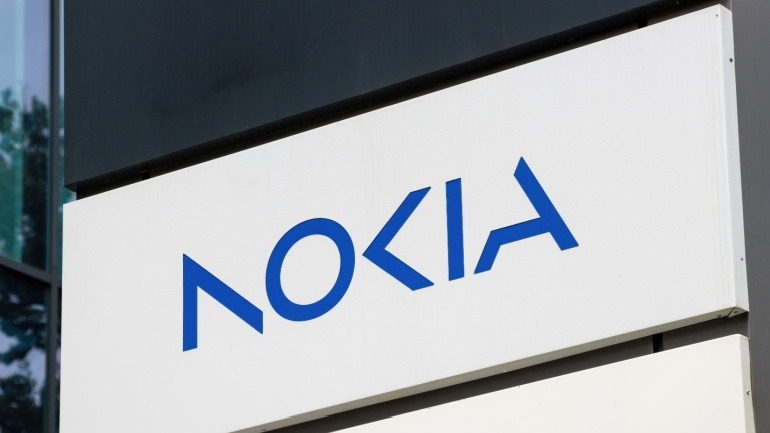In a significant step toward enhancing the capabilities of the Large Hadron Collider (LHC), Nokia has successfully concluded an optical transmission trial in collaboration with SURF, a key player in Dutch education and research IT infrastructure. The trial achieved a breakthrough single carrier 800Gb/s optical transmission over SURF’s extensive cross-border network, which forms part of the vital research and education connectivity in Europe.
The trial utilized a 1648 km point-to-point fibre link between Amsterdam and Geneva, crossing through Belgium and France. This network segment is crucial for connecting national research and education institutes within the Netherlands and plays a pivotal role in global research collaborations. Notably, this infrastructure is linked to the LHC Optical Private Network (LHCOPN) facilitating data exchange at the LHC located at CERN.
Nokia’s photonic service engine technology was instrumental in achieving this milestone, aimed at enhancing data exchange between CERN’s particle accelerator and research IT facilities like SURF and Nikhef. These developments are vital as SURF prepares its network for the HL-LHC upgrade, expected to be operational by 2029, generating vast amounts of scientific data.
James Watt, Vice President and General Manager of Optical Networks at Nokia, emphasized the pivotal role of networks in enabling groundbreaking scientific initiatives, highlighting the collaborative efforts driving innovation in optical networking.
Ron Augustus, Chief Innovation Officer at SURF, underscored the trial’s importance in expanding the network’s capacity to meet future demands in scientific research and education.
By achieving high transmission rates over existing infrastructure, Nokia and SURF demonstrate the potential to leverage legacy optical fibres for future network capacity needs beyond scientific research. This successful trial represents a significant stride in optimizing network capabilities to support cutting-edge research and educational initiatives on a global scale.







